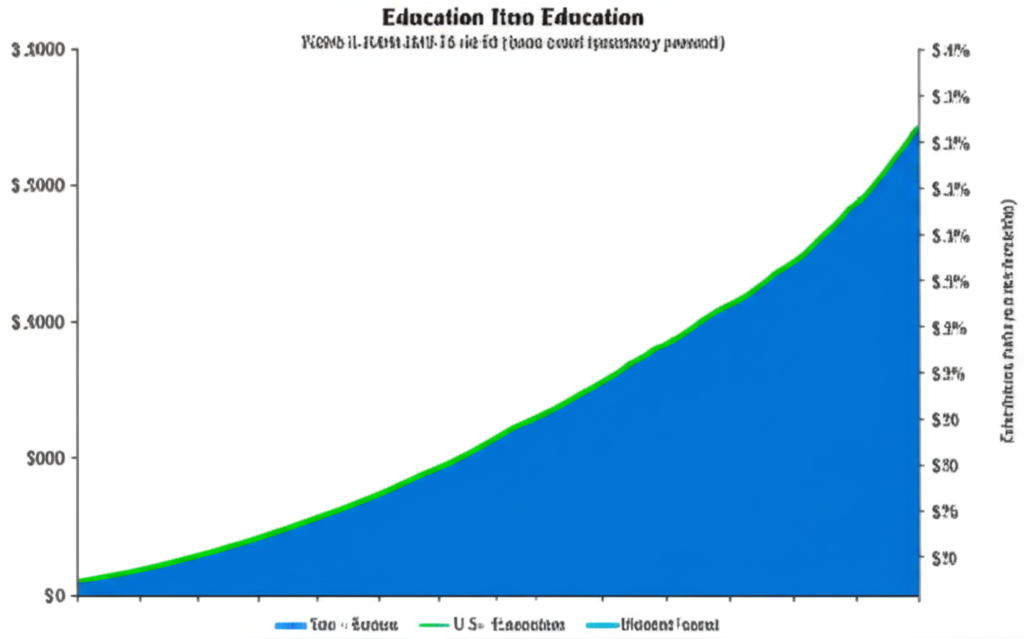The United States’ approach to education and finance is a multifaceted system marked by significant investment, diverse funding models, and ongoing debates about equitable access and economic outcomes. From early childhood programs to higher education institutions, the financial landscape profoundly shapes the educational opportunities available to individuals and the overall strength of the nation’s economy.
Funding the Educational System
The funding of education in the U.S. is a shared responsibility involving federal, state, and local governments. Elementary and secondary education (K-12) primarily relies on a combination of state and local property taxes, with federal contributions often targeted towards specific programs and to support disadvantaged students. This decentralized model can lead to significant disparities in funding between school districts, directly impacting the resources available to students and the quality of their education.
Higher education funding is even more diverse, encompassing public and private sources. Public colleges and universities receive funding from state appropriations and tuition fees, while private institutions rely heavily on tuition, endowments, and private donations. The rising cost of college tuition in recent decades has become a major concern, leading to increased student debt and raising questions about the affordability and accessibility of higher education.

Access and Equity
Financial considerations play a critical role in determining access to quality education at all levels. In K-12, disparities in local funding can result in unequal resources for schools in lower-income communities, affecting teacher quality, facilities, and program offerings. Efforts to address these inequities include state-level funding equalization formulas and federal programs like Title I, which provide additional support to schools serving disadvantaged students.
In higher education, the cost of tuition, fees, and living expenses can be a significant barrier for many students, particularly those from low- and middle-income families. Financial aid programs, including federal Pell Grants, state grants, and institutional scholarships, aim to mitigate these challenges. However, the increasing reliance on student loans to finance higher education has led to a growing national student debt burden, with potential implications for individuals’ financial futures and the broader economy.

Economic Impact of Education
Investment in education is widely recognized as a key driver of economic growth and individual opportunity. Higher levels of educational attainment are strongly correlated with higher earnings, lower unemployment rates, and increased civic engagement. A well-educated workforce is essential for innovation, productivity, and competitiveness in the global economy.
Research consistently shows that individuals with bachelor’s degrees and advanced degrees earn significantly more over their lifetimes compared to those with less education. This not only benefits individuals but also contributes to a stronger tax base and reduced reliance on social safety nets. Furthermore, education fosters critical thinking, problem-solving skills, and adaptability, which are increasingly important in a rapidly changing job market.

Challenges and Future Directions
Despite significant investments in education, the U.S. faces ongoing challenges related to funding disparities, access inequities, and the rising cost of higher education. Debates continue regarding the optimal levels of government funding, the role of standardized testing, and strategies to improve student outcomes, particularly for underserved populations.
Efforts to address these challenges include initiatives to increase federal and state funding for education, expand financial aid opportunities, and explore innovative models for delivering and financing education. Investing in early childhood education, strengthening K-12 public schools, and ensuring affordable access to higher education are crucial for promoting individual opportunity and sustaining long-term economic prosperity in the United States.











